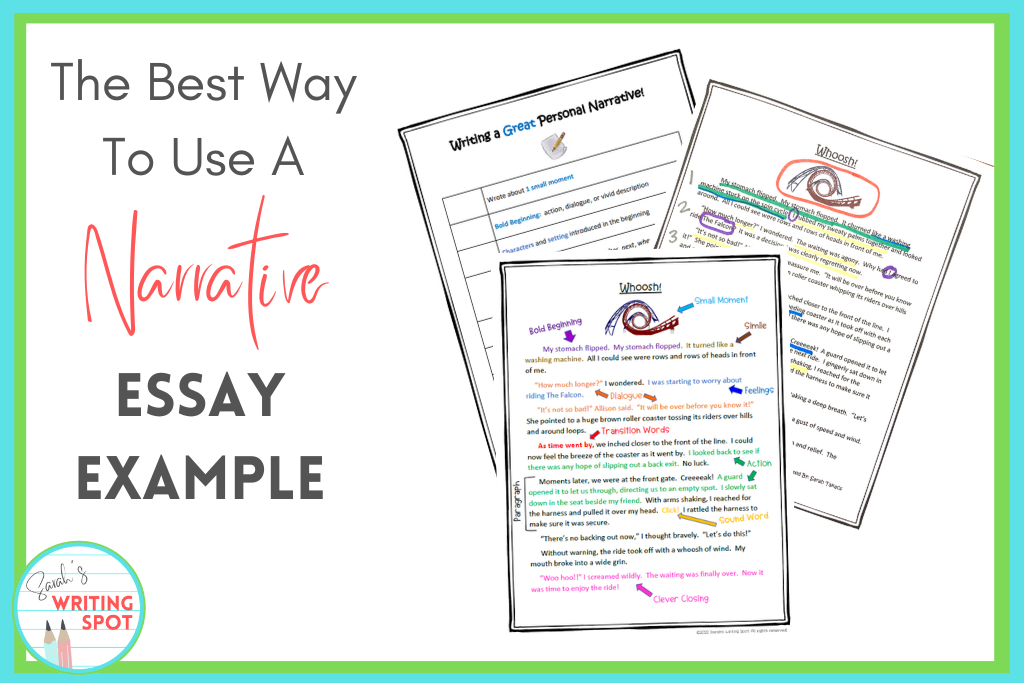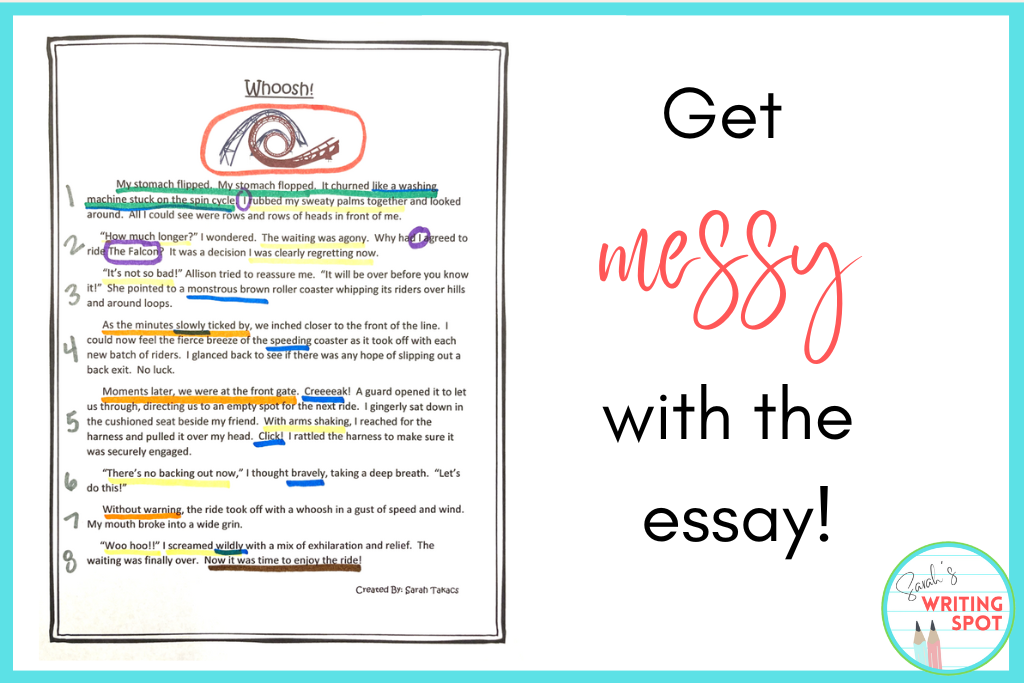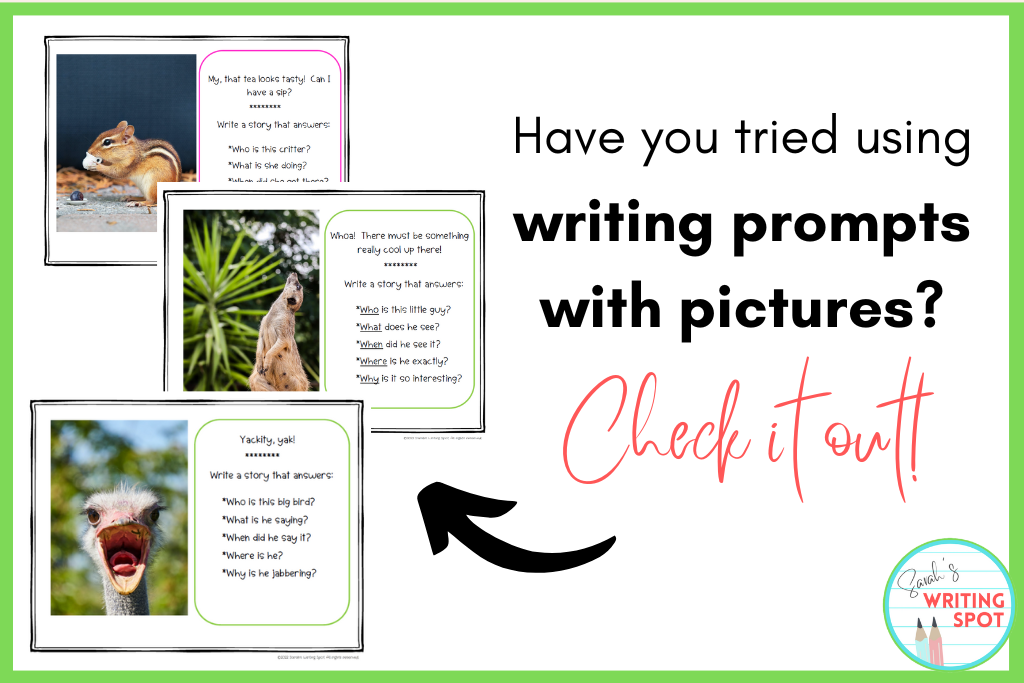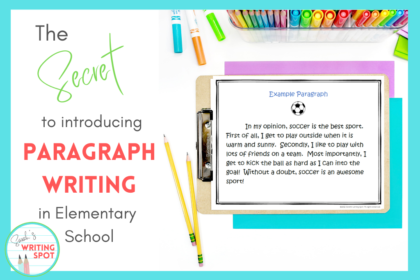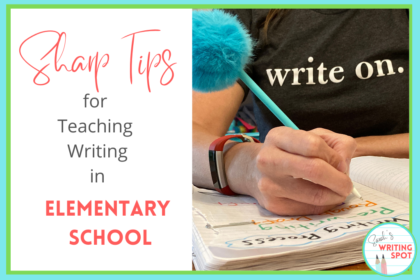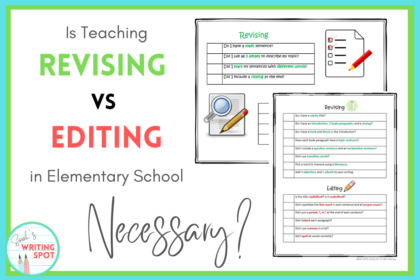Have you ever used a narrative essay example before you started a narrative writing unit? If not, you are missing out, my friend! Essay narrative examples are the key to getting your students to produce quality writing pieces. They are actual writing road maps that help you and your growing writers navigate the next daunting essay assignment!
Before we pull out the navigational tools, though, wouldn’t it be nice to learn new writing tidbits beyond 1 simple blog post? Just imagine: quick tip videos (I’m talkin’ 1-2 minutes max!) and free lesson plans sent straight to your inbox each month. Sounds handy, right? Fresh ideas only a click away! Click HERE to grab the goodness.
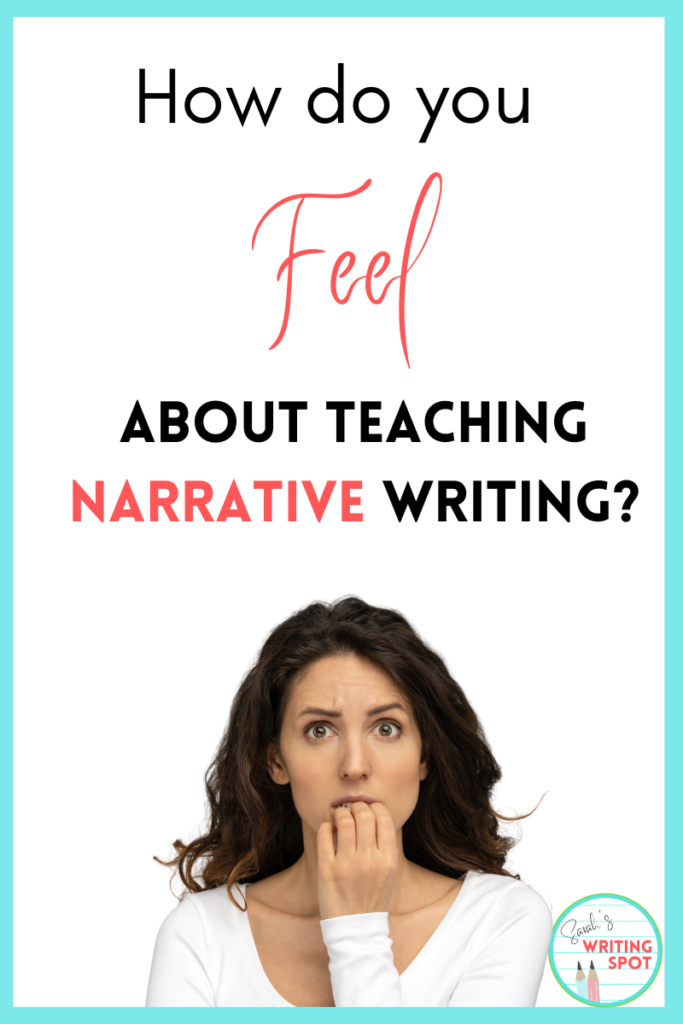
I’m going to be completely honest here. When I first started teaching writing, narratives were definitely not my jam. Don’t get me wrong. I sure love a great chapter book. (I’ve even been known to read 1,000+ page novels…and relish every page.) BUT, teaching narratives? Nuh, uh.
Why? you may ask. Well, I love structure. I love the comfort of a 5-paragraph essay that can be mapped out with an organized outline. Narratives, however, are a WHOLE different beast.
If there’s one thing I’ve discovered as a teacher, though, it’s that I teach a topic better if I have to be in the trenches with the students. I understand their struggles better and why they get stuck. Then, I can work on finding a solution.
Want to know what I learned?
Why Use Example Essays?
Always, always, always start off a writing unit with an example. (Bonus points for multiple examples!) Students will always do better if they can see the end product before they begin. The expectations are clear.
Think about it: If you are a terrible artist and you were told to draw a picture of an axolotl (no visuals allowed), could you do it? Maybe. But, how would it look?
Now, what if you used a drawing book that showed step-by-step how to draw this unusual creature. Think your picture would look better? Of course it would!
We need to remember our students are growing writers. They need to see models and examples so they know what the heck they’re doing!
The Narrative Essay Example You Need
So, you’re ready to start a narrative writing unit. What should the narrative essay example look like?
If you’ve ever Googled images of “a narrative essay example” you’ll agree that not all essays are created equally. In fact, most of them are blah, colorless, and probably overwhelming for a young student.
What qualities should you look for then?
*Colorful: The mind processes information better when things are color-coded.
*Labels/Diagram: The elements of great narrative writing should be clearly labeled.
*Succinct: Choose an essay that sticks to 1 page.
Want a narrative essay example (without the hassle of searching!) that has all of these qualities? Check out these 3 essays I created and use with my own students: Moody Morning, Whoosh!, and An Unexpected Evening.
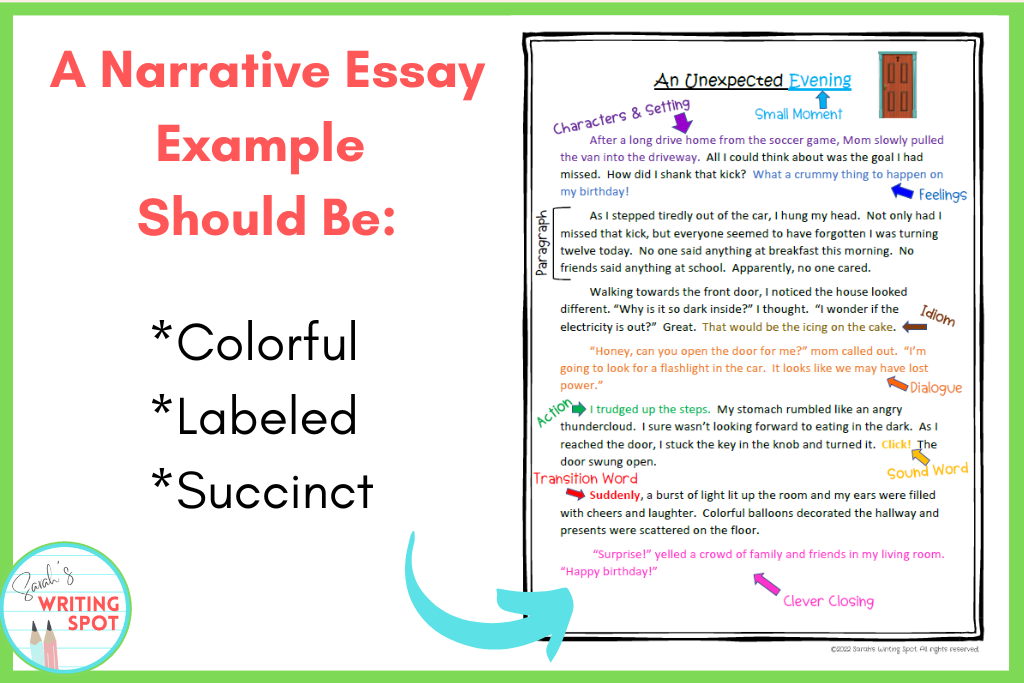
How to Use Narrative Examples
Now that you have a narrative essay example, how do you use it? Do you simply hand it out to your students and consider it done?
Uh, no. Definitely not. Like most handouts, it would simply get shoved into a desk and forgotten.
Instead, get messy with the essay! Pull out the highlighters and markers and make it hands-on with your students. Circle the bold beginning, highlight the dialogue, underline the transition words. Show students that the pieces of a narrative writing have purpose to them.
Here’s how I like to use a narrative essay example with my own students:
- Read: I first read the essay aloud to the class so they can hear the full story.
- Analyze: We use a checklist to look for specific narrative elements in the story. Each item on the checklist gets its own color. We use that color to underline an example in the essay.
- Discuss: I ask, “How is this essay similar and/or different from a 5-paragraph essay?” If there’s time, sometimes we create a Venn Diagram!
Take note: This is an activity I do WITH my students. I don’t just give them a checklist to use independently. Students need to hear you talk aloud about each narrative element and why it’s important. That’s where the learning takes place.
Introduction to Narrative Essay Writing
The two main types of narrative writing taught in elementary school fall into 2 categories: personal narrative and fictional. Which do I recommend starting with? Personal narratives. Definitely.
Narrative Essay Examples About Life
Growing writers need an easy place to start. They need a topic they know a LOT about. Otherwise, major writer’s block sets in. This is why I suggest beginning with narrative essay examples about life.
Students have plenty of background knowledge about their own lives. Kids naturally love to tell about when they lost a tooth in their pizza, or rode a bike without training wheels, or set the toaster on fire when they tried to make breakfast. (All true stories written by my students!)
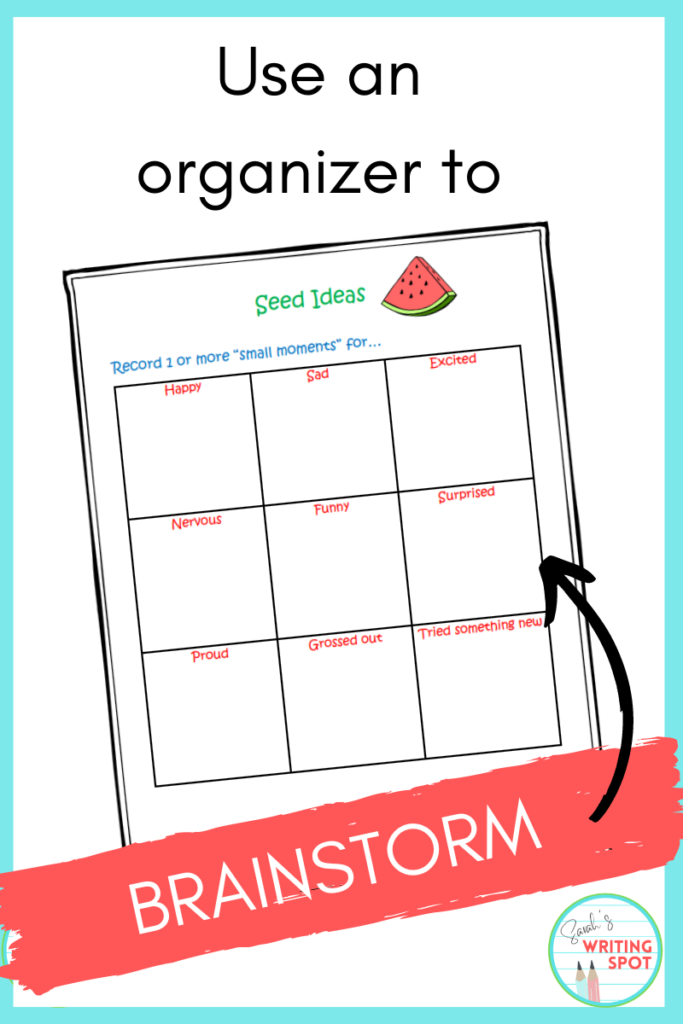
Personal Narrative Essay Writing Topics
Every student has a story inside of them. How will you bring it out? By brainstorming narrative essay writing topics!
Try using a graphic organizer to help students think of exciting, anxious, or unusual moments in their lives. Do these moments have to be extraordinary? Not necessarily. I had one student write about her hungry family dog gobbling up her Chick-fil-A dinner!
Lastly, don’t forget to stick to a small moment. Big moments (such as a whole week at the beach) tend to turn out dull and diluted. Make the story vibrant by choosing topics you can zoom in on. We want to hear all about the thoughts and feelings from that small period of time.
Should You Use Examples with Other Essays, Too?
Absolutely! Using a narrative essay example isn’t exclusive to narrative writing. Use one to introduce any descriptive, persuasive, or informational writing piece, too!
If you can change 1 teaching habit in writing class this year, make it this one: use examples before each writing unit. Go on, give it a try and see what I mean. Believe me. You will love it. And most importantly, your students will, too.
Happy writing, my friend!
Sarah
Looking for a narrative essay example for your next unit?
Related Articles
Personal Narrative Essay Ideas
